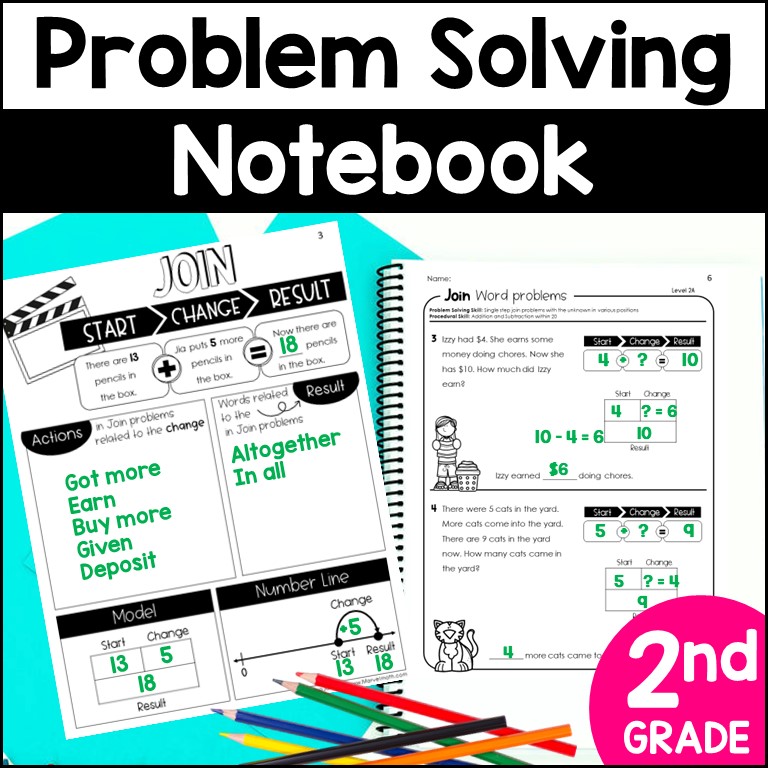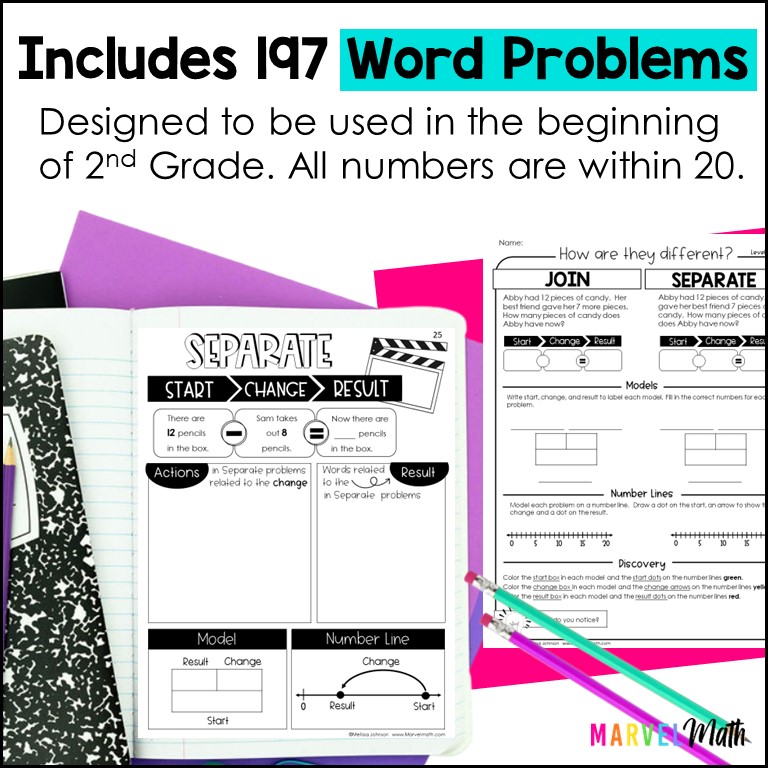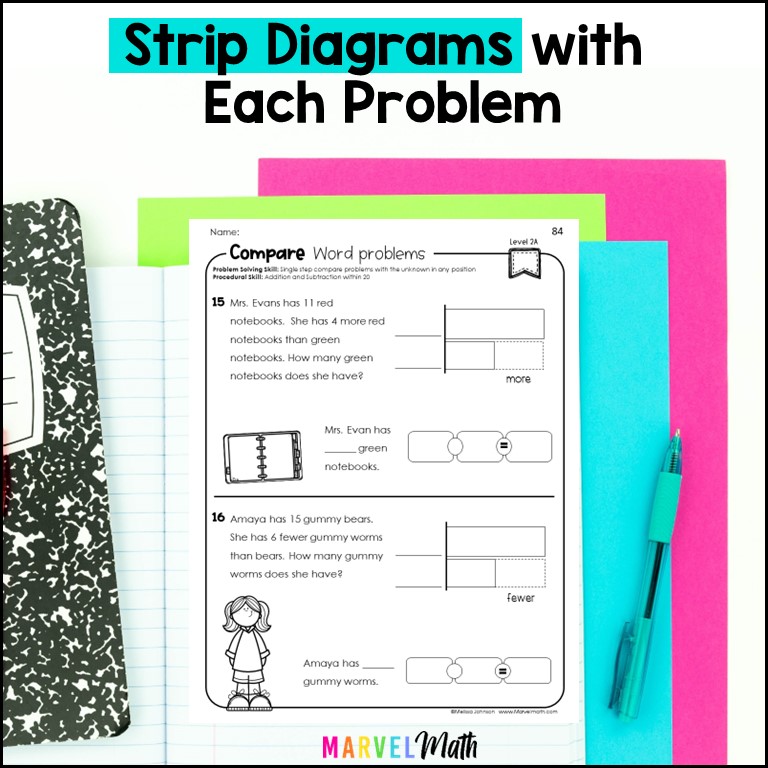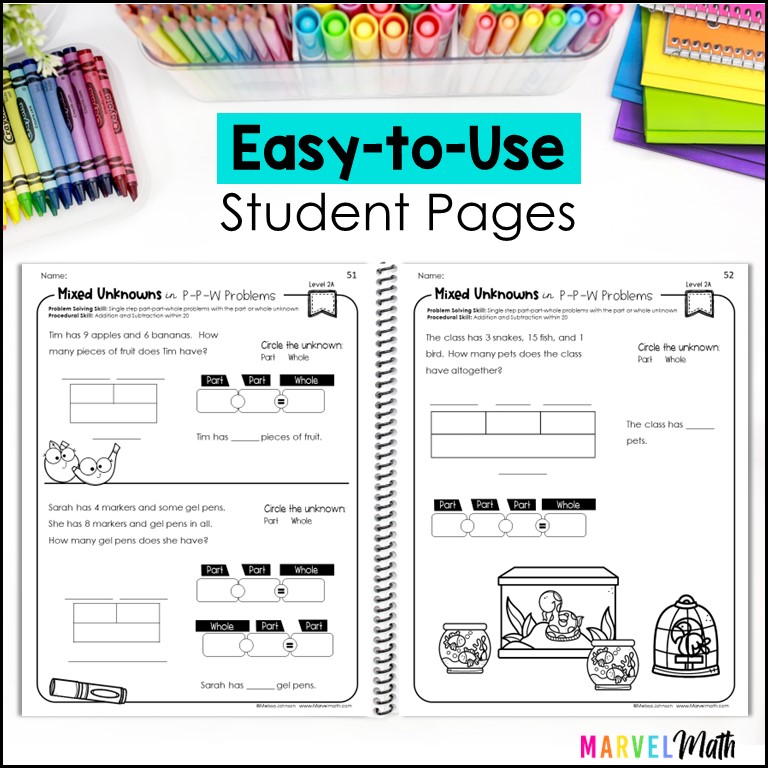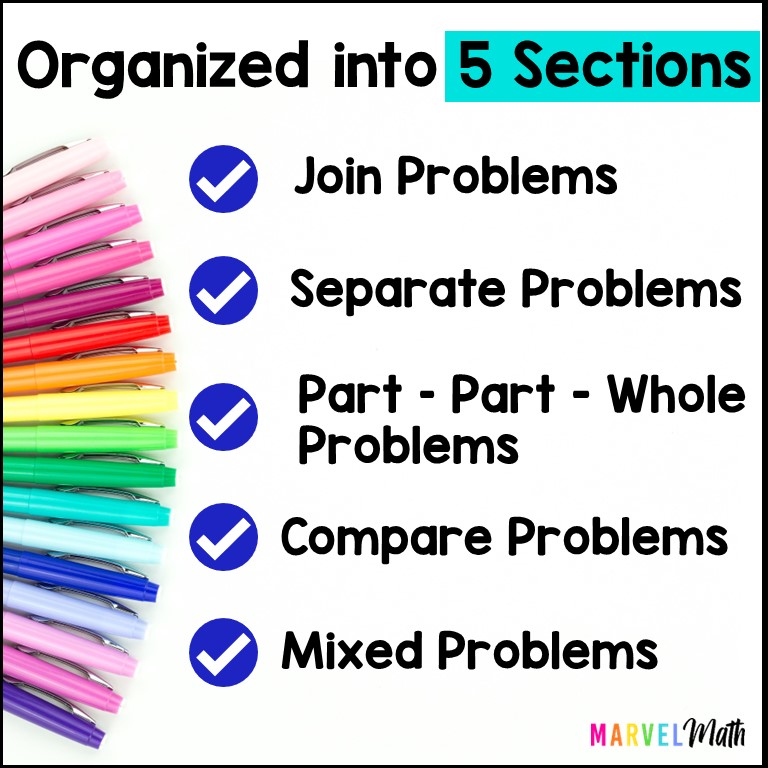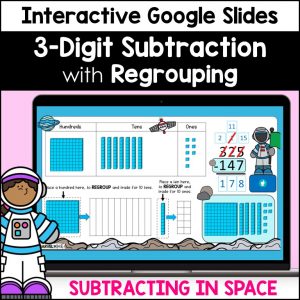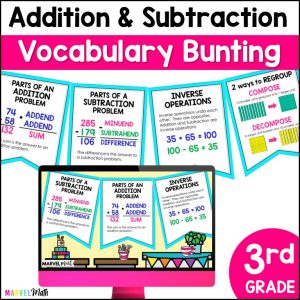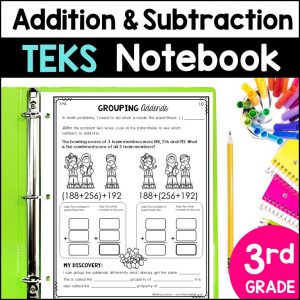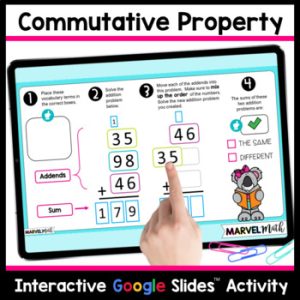Description
This problem solving notebook is a comprehensive instructional tool that thoroughly covers join, separate, compare and part-part-whole word problems. Each problem type is introduced with problem solving strategies and strip diagrams to help students visualize and model word problems. Unknowns for each problem type are taught and practiced extensively in each section.
The pages can be bound as a workbook, used as individual printables, or stapled into packets for each problem type.
?Problem types covered:
Join: Result unknown
Join: Change unknown
Join: Start unknown
Separate: Result unknown
Separate: Change unknown
Separate: Start unknown
Part-Part-Whole: Part unknown
Part-Part-Whole: Whole unknown
Part-Part-Part-Whole: Part unknown
Compare: Larger Amount unknown
Compare: Smaller Amount unknown
Compare: Difference unknown
This product is the Level 2A Problem Solving Notebook. The numbers in the word problems in the Level 2A notebook are from 0-20, making this great to use from the very beginning of the year on. The Level 2B workbook will be released later in the year and will use 2-digit and 3-digit numbers with each problem type and introduce basic multiplication and division. The Level 2A workbook gives students an opportunity to master problem solving skills and drawing strip diagrams while still using smaller numbers. The cognitive demand of using large numbers with challenging problems can be overwhelming for many students.
The detailed Teacher’s Edition for the Problem Solving Notebook is 63 pages long and includes many tips for teaching word problems. The TE explains each problem type and how the strip diagram is best used to support students for each type of problem.
The Student Problem Solving Notebook includes 197 word problems organized into 5 sections: Join Problems, Separate Problems, Part-Part-Whole Problems, Compare Problems and Mixed Problems. Each section introduces a new problem type with instructional pages. The introduction pages also go through all possible placements for the unknown in the problem. The Mixed Problems sections includes all 4 types of problems.
?TEKS Alignment?
2.4(A) recall basic facts to add and subtract within 20 with automaticity
2.4(C) solve one-step and multi-step word problems involving addition and subtraction within 1,000 using a variety of strategies based on place value, including algorithms
2.7(C) represent and solve addition and subtraction word problems where unknowns may be any one of the terms in the problem
?Common Core Alignment?
2.OA.A.1 Use addition and subtraction within 100 to solve one- and two-step word problems involving situations of adding to, taking from, putting together, taking apart, and comparing with unknowns in all positions. e.g., by using drawings and equations with a symbol for the unknown number to represent the problem
2.OA.B.2 Fluenty add and subtract within 20 using mental strategies. By end of Grade 2, know from memory all sums of two one-digit numbers.

